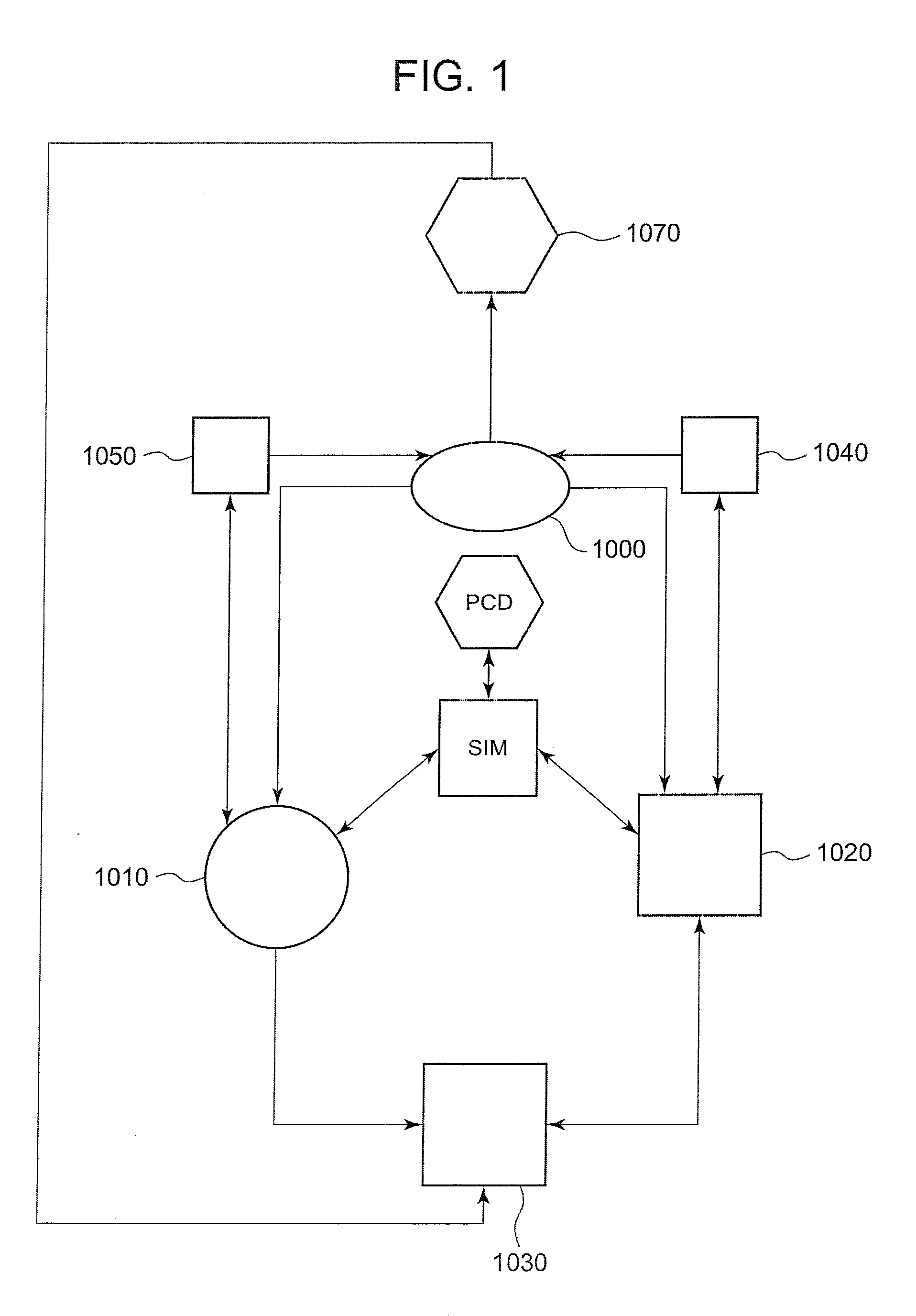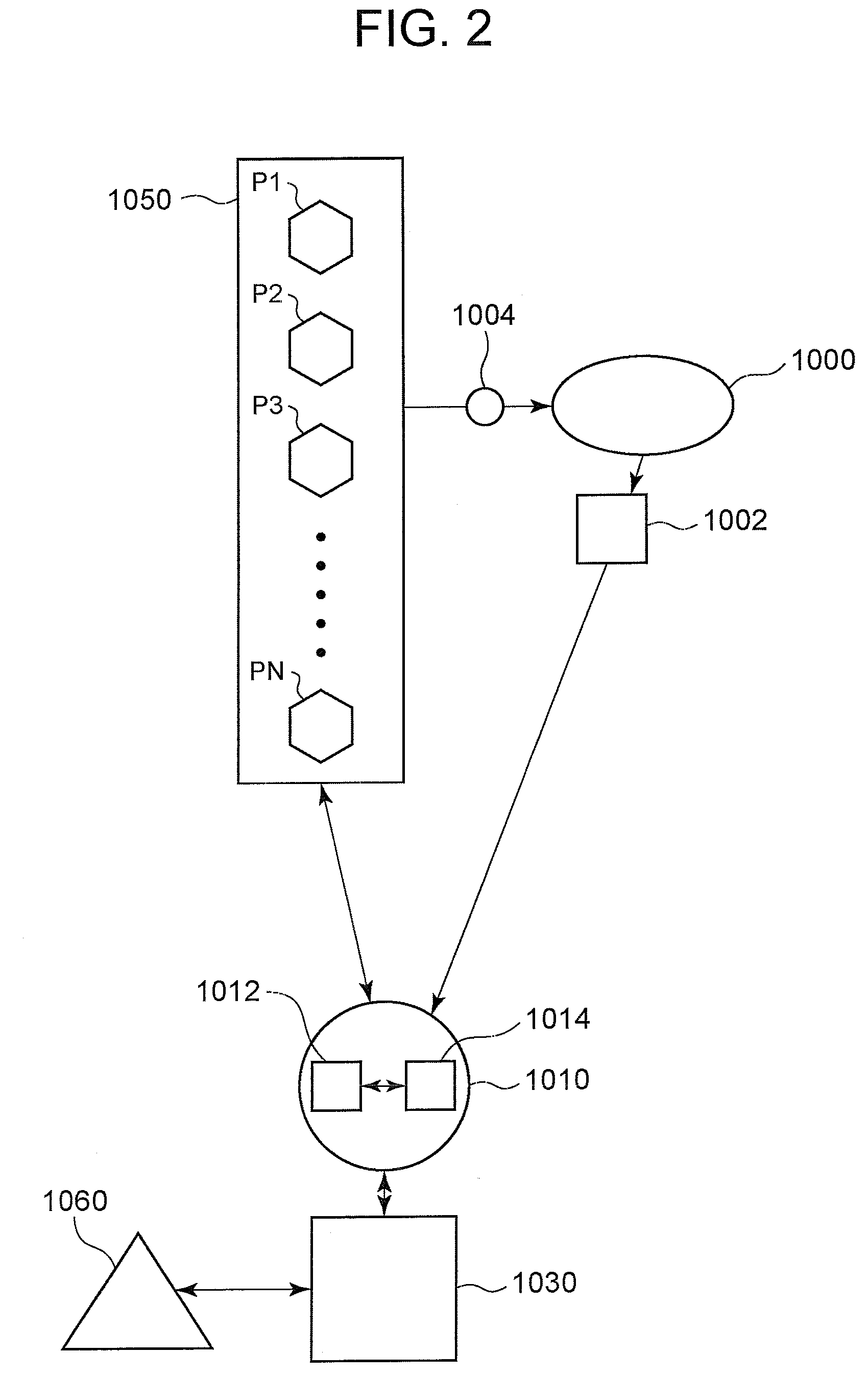Method and device to administer anesthetic and or vosactive agents according to non-invasively monitored cardiac and or neurological parameters
a vasoactive agent and cardiac and neurological parameter technology, applied in the direction of respiratory organ evaluation, diagnostic recording/measuring, respirator, etc., can solve the problems of affecting affecting the effect of patient consciousness, and affecting the patient's recovery, so as to improve the ability of patients to move freely and efficiently and safely, efficiently and safely assay equipotent doses, and efficient and safe teaching medical students
- Summary
- Abstract
- Description
- Claims
- Application Information
AI Technical Summary
Benefits of technology
Problems solved by technology
Method used
Image
Examples
first embodiment
[0098]The cardiac data analysis unit 1022 transforms by multiplying the (EI, MAP, E-M) vector by a diagonal matrix as shown below. Let x be a vector in the non-invasive hemodynamic space M of the form (EI, MAP, E-M) Let A be the diagonal matrix shown below. If we represent x vertically as a column vector, we can multiply it by the matrix A such that Ax=b, where b is a vector of the form ((EI*MAP*E-M), (MAP*E-M), 1 / (E-M)), that is approximately equivalent to (LVEDP, SVR, dP / dtmax), and the first plurality of cardiac parameters responsive to external medicines as being demonstrated in the equation below.
(MAP*(E-M)000E-M0001 / (E-m)2)(EIMAP(E-M))=(EI*MAP*(E-M),MAP*(E-M),1 / (E-M))
[0099]The above operation of multiplying the vector by a matrix linearly transforms the vector x into the vector b. Vector b constitutes a new vector space N or a second Non-invasive Space whose axes are responsive to external medicines and fluid administration as being verified below. The three mutually perpendic...
second embodiment
[0104]Alternatively, the cardiac data analysis unit 1022 uses the diastolic filling interval (DI) to replace EI in eq. 8, which tracks Preload as LVEDP. The correlation is improved between (DI, EI, MAP, E-M), which is of the second plurality of non-invasively measured cardiac parameters and (LVEDP, SVR, dP / dtmax) or (P, A, C), which is the first plurality of invasive cardiac parameters in a In diastole, the left ventricular pressure is an exponential function of left ventricular volume, and this relation holds at any point during the diastolic filling interval including end-diastole. Therefore, LVEDP is an exponential function of Left Ventricular End Diastolic Volume (LVEDV). Physiologically, it makes intuitive sense that, other things being equal, the longer the length of time that the Left Ventricle fills in diastole, DI, the more volume of blood will fill the left ventricle at end-diastole with a higher resulting LVEDP, or Preload. To a reasonable approximation,
DI=T−EI Eq. 17
wh...
PUM
 Login to View More
Login to View More Abstract
Description
Claims
Application Information
 Login to View More
Login to View More - R&D
- Intellectual Property
- Life Sciences
- Materials
- Tech Scout
- Unparalleled Data Quality
- Higher Quality Content
- 60% Fewer Hallucinations
Browse by: Latest US Patents, China's latest patents, Technical Efficacy Thesaurus, Application Domain, Technology Topic, Popular Technical Reports.
© 2025 PatSnap. All rights reserved.Legal|Privacy policy|Modern Slavery Act Transparency Statement|Sitemap|About US| Contact US: help@patsnap.com



